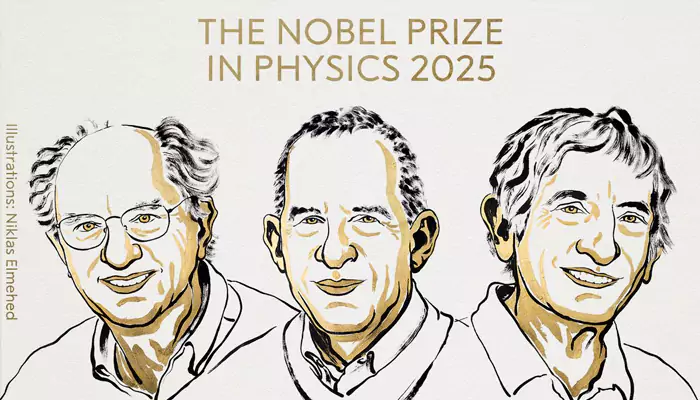
Here are today’s most important updates from the realm of Science and Space.
From Theory to Silicon: Quantum Tunneling on a Chip Wins 2025 Nobel Prize in Physics
John Clarke, Michel H. Devoret and John M. Martinis shared the 2025 Nobel Prize in Physics for their work showing how bizarre microscopic quantum effects can infiltrate our large-scale, everyday world. Revered as one of the most successful scientific theories in history, quantum mechanics is key to most of today’s transformative technologies, from supercomputers to smartphones. The theory is also notorious for its many counterintuitive revelations: Particles can also be waves, can exist simultaneously in superpositions of multiple seemingly contradictory states, and can have their properties perfectly correlated, entangled, so that they are linked irrespective of how apart they are. Quantum tunneling occurs when a particle passes directly through an otherwise impassable barrier to appear on the other side. This is akin to throwing a ball at a wall and, rather than seeing it bounce back, finding it unscathed on the other side with the wall itself fully intact.
Mission Shakthisat: All-Girls Team Wins Praise from President for Lunar Progress
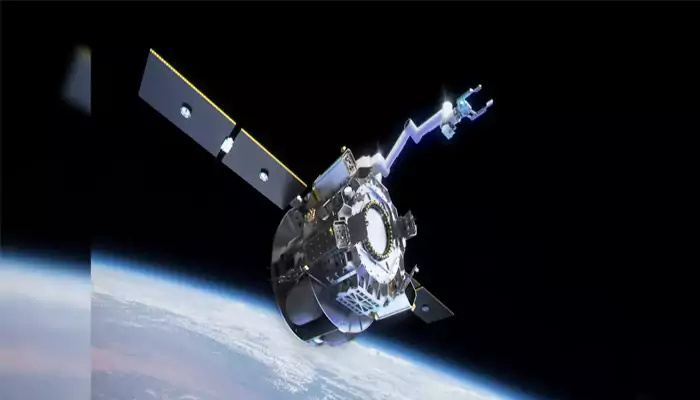
The all-girls team behind Mission Shakthisat, an international satellite initiative led by Space Kidz India (SKI), met President Droupadi Murmu at Rashtrapati Bhavan. The young innovators from government schools in Madhya Pradesh presented the progress of what is being hailed as the world’s first satellite mission entirely conceptualised, designed, and executed by young women. Mission Shakthisat, spearheaded by the SKI Star Foundation, aims to unite 12,000 students from 108 countries to collaboratively design, develop, and deploy a satellite. The initiative promotes global cooperation and STEM empowerment, embodying India’s philosophy of Vasudhaiva Kutumbakam, the world is one family.
Perseverance Rover’s Latest Image Has Internet Guessing: Comet or Cosmic Visitor?
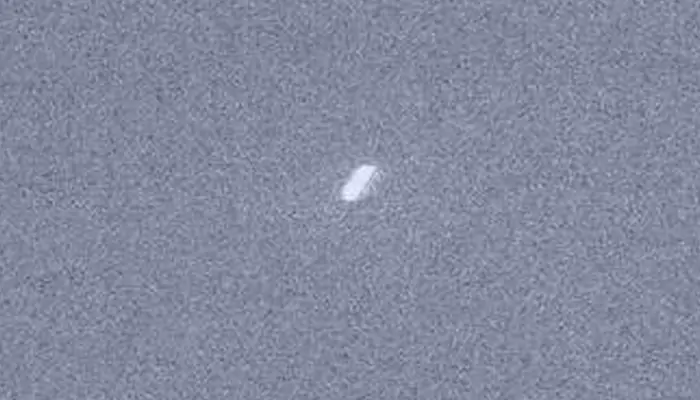
An alleged photo of interstellar comet 3I/ATLAS, captured by NASA's Mars Perseverance rover, has gone viral on social media. The image shows a bright, cylindrical object zooming through the Martian sky, fueling speculation about its true nature. Some are questioning whether it's a comet or an "alien mothership," as suggested by Harvard astrophysicist Avi Loeb. However, experts suggest the unusual shape is likely an artifact of the long integration time used to capture the image, rather than an actual cylindrical shape. The comet, which flew by Mars on October 3, is estimated to be around 46 kilometers in diameter and is moving at an incredible 60 km/sec.
Ordinary Vinegar, Extraordinary Science: Nanotech Makes It Kill Deadly Superbugs

Researchers have enhanced vinegar’s antibacterial properties by infusing it with cobalt-based carbon nanoparticles. This nano-boosted solution kills harmful bacteria from both inside and outside their cells while remaining safe for humans. Tests on mice showed it healed infected wounds effectively. The discovery could be a breakthrough against antibiotic-resistant infections worldwide. Acetic acid (more commonly known as vinegar) has been used for centuries as a disinfectant, but it is only effective against a small number of bacteria, and it does not kill the most dangerous types. New research has resulted in the ability to boost the natural bacterial killing qualities of vinegar by adding antimicrobial nanoparticles made from carbon and cobalt.

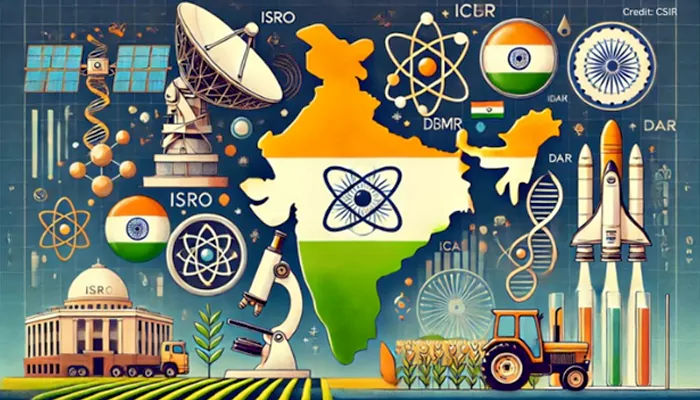

.webp)
.WEBP)
.WEBP)
.webp)
.webp)
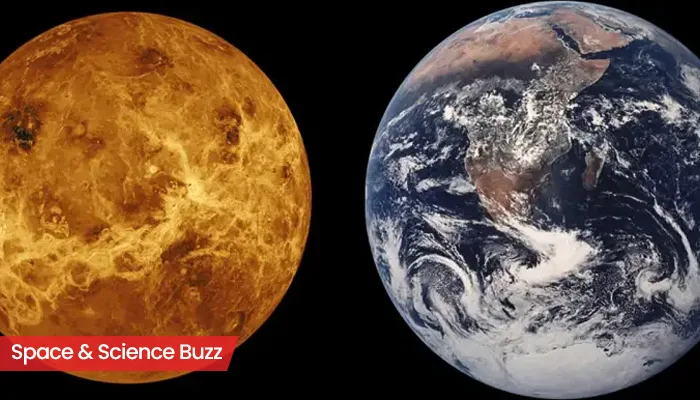
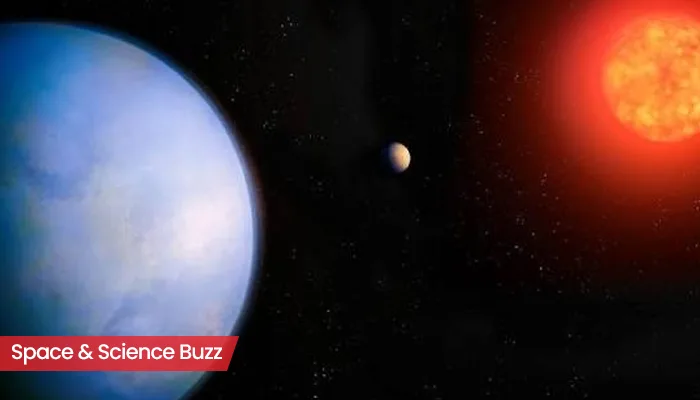
.webp)
.webp)
.webp)